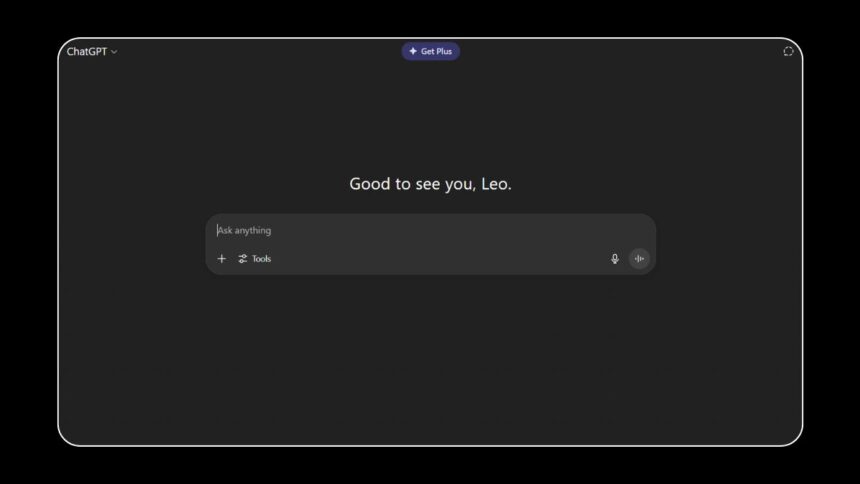OpenAI is rolling out a new tool inside ChatGPT that it hopes will prompt students to use AI responsibly when working on their homework specifically, a feature called Study Mode which is designed to help implement best practices for studying and learning.
The feature works to promote deeper learning and critical thinking among students rather than just providing them with answers.
Beginning this week, all logged-in ChatGPT users on Free, Plus, Pro & Team plans have access to Study Mode.
OpenAI says it will offer it to schools deploying its ChatGPT Edu plans in the weeks ahead, too.
When you use Study Mode, ChatGPT alters its answering approach to your queries. Rather than just giving answers, it probes students for understanding with follow-up questions.
At times it may not provide full answers until the student demonstrates and engagement with the material.
According to OpenAI, the intention is to enable students to learn, not just complete their assignments quickly.
A student who asks the bot for help on using Bayes’ Theorem, for example, would first be prompted with a question regarding their level of math, and what they wanted to know more about. It mentors them all the way, step-by-step.
This new tool is being introduced as schools and universities contend with increasing fears about the use of AI for academic dishonest.
A UK survey conducted involving around 7,000 confirmed instances of cheating aided by AI in the last year alone, a significant increase from the previous year.
Over one-third of college-aged students in the U.S. are reported to be using ChatGPT, with many using it for homework, tutoring, and studying new subjects.
After ChatGPT’s initial release in 2022, schools banned it in droves out of concern that students would cheat using the tool.
However, by 2023, many had backtracked that opposition, realizing that AI would probably be a reality in education.
Through Study Mode, OpenAI appears to be trying to find a compromise leveraging the benefits of ChatGPT for learning while ensuring that it doesn’t simply become a cheat code where students can’t learn.
According to the company’s VP of Education, Leah Belsky, teachers or parents cannot currently set restrictions on students only using Study Mode, but OpenAI will discuss adding such tools in the future.
Belsky said that for now, how much a student learns is dependent on individual initiative.
He said: “They have to decide how to use it properly.”
Similar steps have been taken by other AI companies, such as Anthropic. They released a “Learning Mode” for their chatbot Claude in April.
You can find Study Mode under the Tools menu in ChatGPT, listed as “Study and Learn.” But it is most effective for homework, exam prep, and the introduction of new topics. Unlike your typical search engine, the chatbot gives its explanations in a manner akin to a personal tutor.
OpenAI claims thats only the start. The firm said it will provide additional details in the coming months about student use of generative AI in education and how responsible use of generative AI can mitigate harm.








